When you consider all the important factors, the best time to visit Iceland is in September. This month’s average temperature, while unpredictable, isn’t as cold as the winter weather in Iceland. Plus, you can see the first northern lights of the season if you visit in September!
Moreover, Iceland boasts beautiful autumn landscapes full of mesmerizing colors, which is why we run Iceland photo tours during this month.
That said, the weather in Iceland in June, July, and August is best for enjoying the hiking trails. This is also the best time to see whales in Iceland and the friendly puffins that nest on the island.
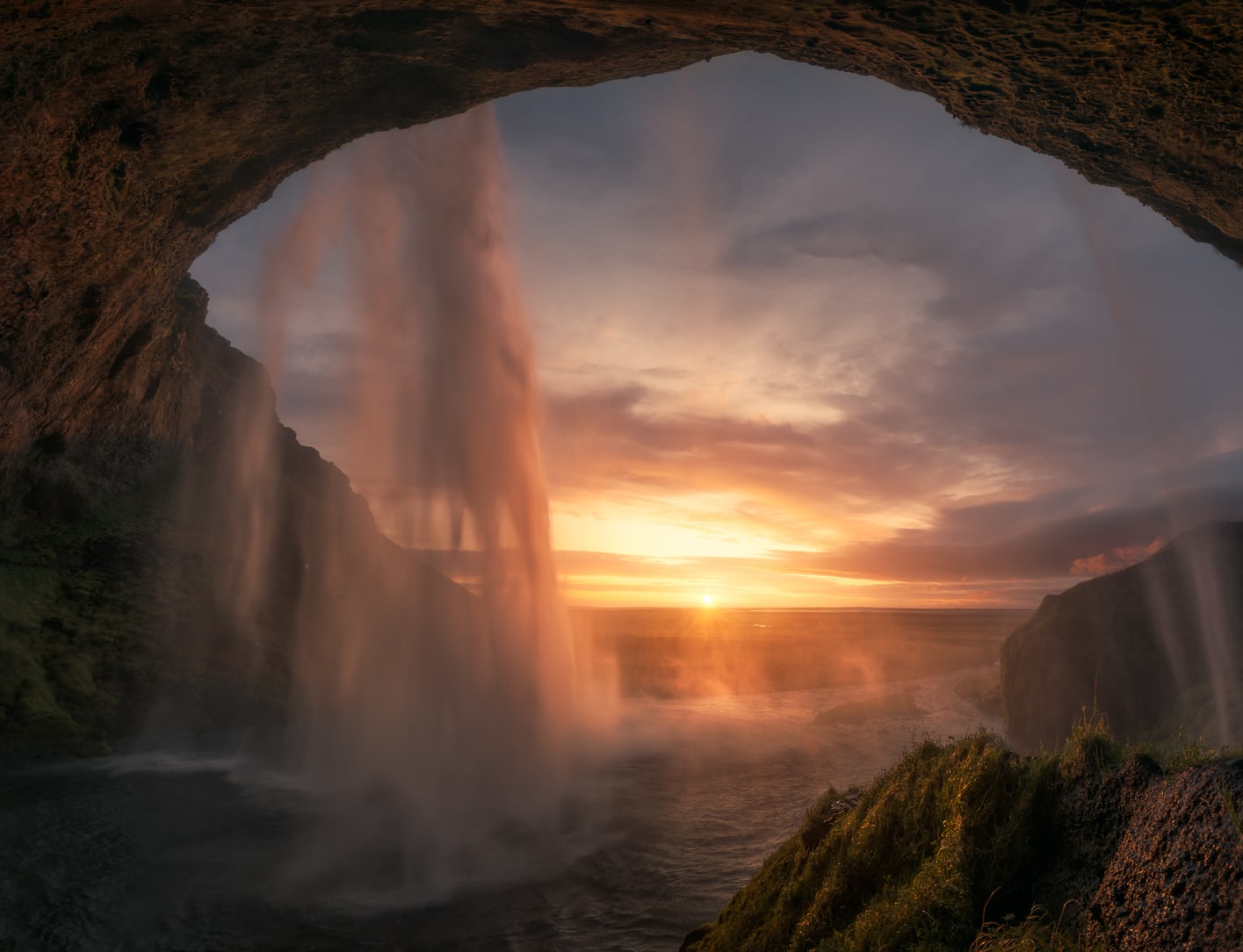
Best Time to Visit Iceland – Weather in Iceland by Month
The winter weather in Iceland is also a special sight to see, thanks to the spectacular white landscapes, which are tinted green at nightfall. This season is also the best time to see the northern lights in Iceland. If you visit in spring, don’t worry because you’ll see dreamy landscapes dotted with wildflowers.
As you can see, deciding on the best time to go to Iceland isn’t easy, but I promise that by the time you finish reading this guide, you’ll know when to travel to Iceland as well as when to return since this country is worth more than one trip.
It’s no wonder why there are Iceland vacation packages available year-round!
When is the best time to visit Iceland?
To help you decide on the best time to travel to Iceland, this guide will cover:
- What is Iceland’s climate like?
- Spring weather in Iceland
- Summer weather in Iceland
- Autumn weather in Iceland
- Winter weather in Iceland
At the end of the article, you’ll also find a section where we recommend when to go to Iceland based on your interests (northern lights, midnight sun, whale-watching, puffins, hiking, etc.)
Hours of daylight | 5 hrs | 9 hrs | 11 hrs | 14 hrs | 18-20 hrs | 20-22 hrs | 20 hrs | 15-16 hrs | 12-13 hrs | 9 hrs | 5-6 hrs | 4 hrs |
Hours of sunshine | 1 hr | 2 hrs | 4 hrs | 5 hrs | 6 hrs | 6 hrs | 6 hrs | 5 hrs | 4 hrs | 2 hrs | 2 hrs | 0 hrs |
Average low temp. | 27 °F | 28 °F | 28 °F | 32° F | 37 °F | 45 °F | 48 °F | 46 °F | 41 °F | 36 °F | 32 °F | 30 °F |
Average temp. | 32 °F | 32 °F | 32 °F | 37° F | 43 °F | 48 °F | 52 °F | 52 °F | 45 °F | 39 °F | 37 °F | 36 °F |
Average high temp. | 37 °F | 36 °F | 36 °F | 41° F | 48 °F | 52 °F | 55 °F | 56 °F | 48 °F | 43 °F | 41 °F | 39 °F |
Rainy days | 19 | 16 | 18 | 18 | 21 | 21 | 21 | 23 | 23 | 21 | 20 | 19 |
Average precip. | 50 mm | 40 mm | 40 mm | 20 mm | 40 mm | 20 mm | 20 mm | 30 mm | 40 mm | 30 mm | 30 mm | 40 mm |
Northern Lights | Yes | Yes | Yes | Maybe | No | No | No | No | Yes | Yes | Yes | Yes |
Whales | Maybe | Maybe | Maybe | Maybe | Yes | Yes | Yes | Yes | Maybe | Maybe | Maybe | Maybe |
Puffins | No | No | No | No | Yes | Yes | Yes | Yes | No | No | No | No |
Highlands open | No | No | No | No | No | Maybe | Yes | Yes | Maybe | No | No | No |
WEATHER IN ICELAND MONTH BY MONTH |
||||||||||||
What is Iceland’s climate like? – Weather in Iceland
Unlike other countries at the same latitude, Iceland’s climate isn’t extreme. This is due to the currents from the Gulf of Mexico, which sweep the southern and western coasts, resulting in mild winter and summer temperatures. There are also climate differences within the island; temperatures in Reykjavik are generally higher than in the Highlands.
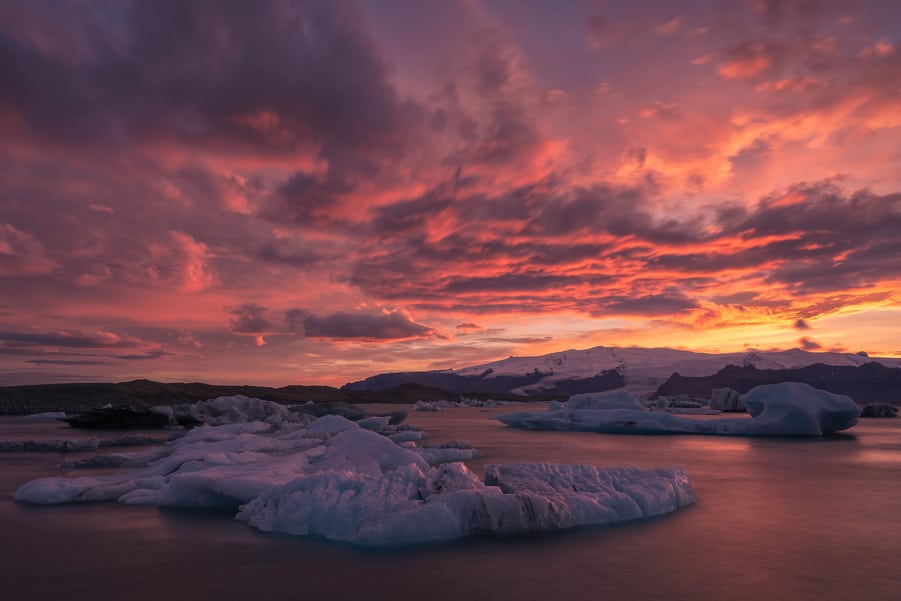
What is Iceland’s climate like? – Weather in Iceland
In general, the winter and summer seasons are mild compared to other semi-arctic regions, giving the island a more oceanic climate. However, the weather in Iceland is quite variable throughout the day. This reflects the Icelandic proverb, “If you don’t like the weather, wait 5 minutes!”
Regardless of when you travel to Iceland, I recommend always packing waterproof winter clothes as well as lightweight clothing in case the temperatures rise. You can even bring your swimsuit if you plan on visiting the beautiful hot springs in Iceland.
Average temperature in Iceland
Temperatures in Iceland can vary depending on the region. In Reykjavik, the average winter temperature is 34 or 35 °F, while the median summer temp is 54 °F.
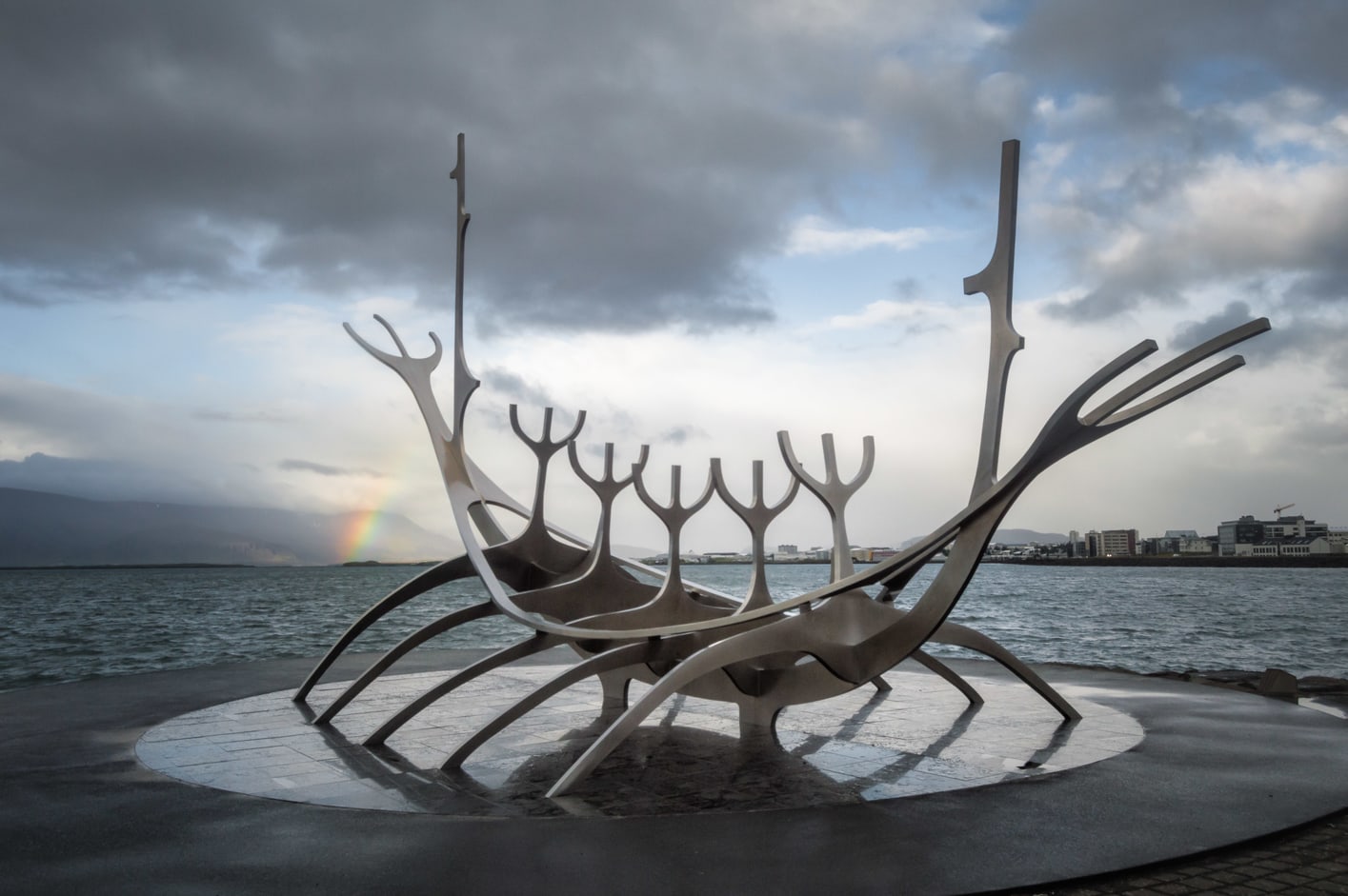
Average temperature in Iceland
That said, the unpredictable weather in Iceland means that temperatures could drop to 14 °F or reach 77 °F, depending on the time of year. This applies to the entire southern area since, as the distance to the northern shortens, the winters get colder, with more snowfall. There can even be a difference of 5-20 degrees between one region of the island and another.
Average precipitation in Iceland
Precipitation is quite common in Iceland, although most of the rain and snowfall occurs in spring and autumn. The winter weather in Iceland includes rain, snow, and wind gusts, so be prepared.
Rain is especially frequent in Reykjavik, which can see up to 150 days of precipitation per year. In the north, specifically in Akureyri, the average number of rainy days per year is just over 100.
However, as I mentioned, Iceland’s climate is extremely variable, so on any given day, you could run into rain, snow, wind, and sun.
What is the best time to go to Iceland?
I can’t say which is the best month to visit Iceland since each one has its distinct appeal. Therefore, any time of year is a good time to visit this country, although I recommend choosing a month that coincides with your interests.
To make it easier for you to decide, I’ll share the best time to do the most popular activities in Iceland.
- Best time to visit Iceland for the Northern Lights
- Best time to go hiking in Iceland
- Best time to see whales in Iceland
- Best time to see puffins in Iceland
- Best time to see the midnight sun in Iceland
- Best time to visit ice caves in Iceland
- Cheapest time to travel to Iceland
Best time to visit Iceland for the Northern Lights
If you’re wondering about the best time to visit Iceland for the Northern Lights, I suggest reading our guide on where and when to see the Northern Lights in Iceland. Winter is the best season, especially in March when there are fewer clouds and high KP rates that coincide with the spring equinox. However, mid-September to mid-April is also a good time to see auroras.
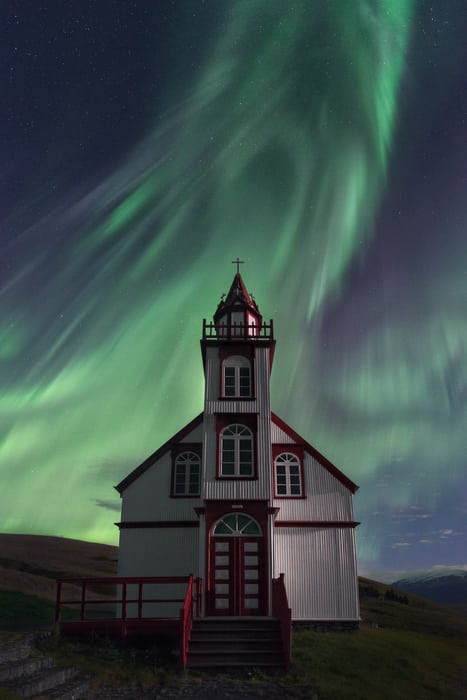
Best time to visit Iceland for the Northern Lights
I recommend taking a Northern Lights tour from Reykjavik for those who aren’t sure how to spot the aurora borealis or those who have never seen them. During the tour, expert guides will take you to the best places where the sky conditions favor the Northern Lights. I recommend this tour in particular because you can repeat it free of charge if you don’t see any auroras your first time.
Also, if you can, be sure to stay at one of the best Northern Lights hotels in Iceland.
Best time to go hiking in Iceland
The summertime is the best time to go to Iceland if you want to go hiking. During the summer months, the climate is quite pleasant, and you can get to the Highlands of Iceland without any issues. Also, it’s when the best campsites in Iceland are open.
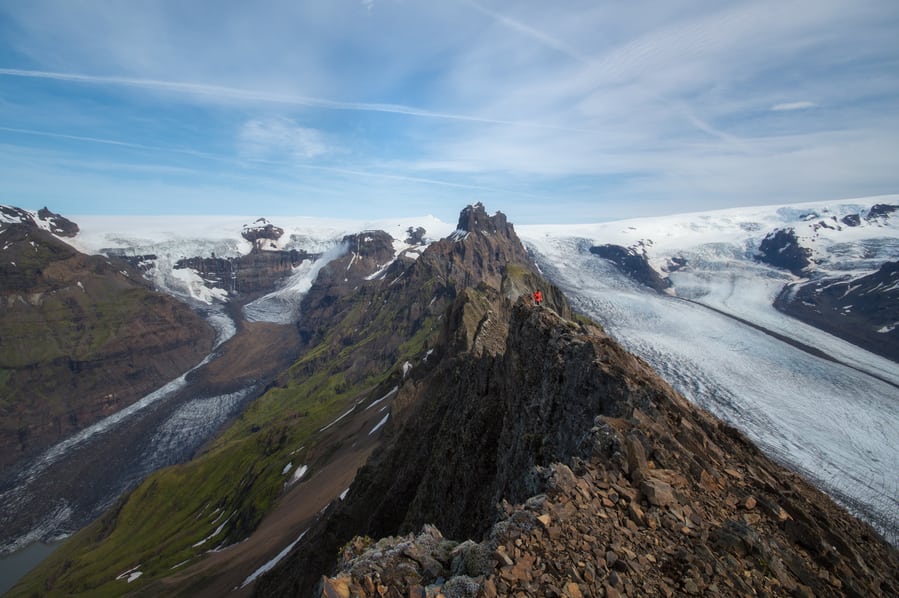
Best time to go hiking in Iceland
It is precisely in the Highlands that you’ll find the best hiking routes. So, if your goal is to take some beautiful treks, then June, July, August, and September are the best months to visit Iceland. July, in particular, is the most ideal month since the temperatures are very nice and the days are longer.
Best time to see whales in Iceland
The best time to visit Iceland for whale watching is from June to August, although you can spot cetaceans year-round, especially from Reykjavik.
If you’re longing to see whales in Iceland, I suggest visiting the country during the summer months because it can be hard to spot them in the winter. That said, if you travel in the winter months and book a tour in Reykjavik, you’ll have a higher chance of seeing whales. Plus, they’ll let you repeat the tour for free if you don’t see any cetaceans the first time.
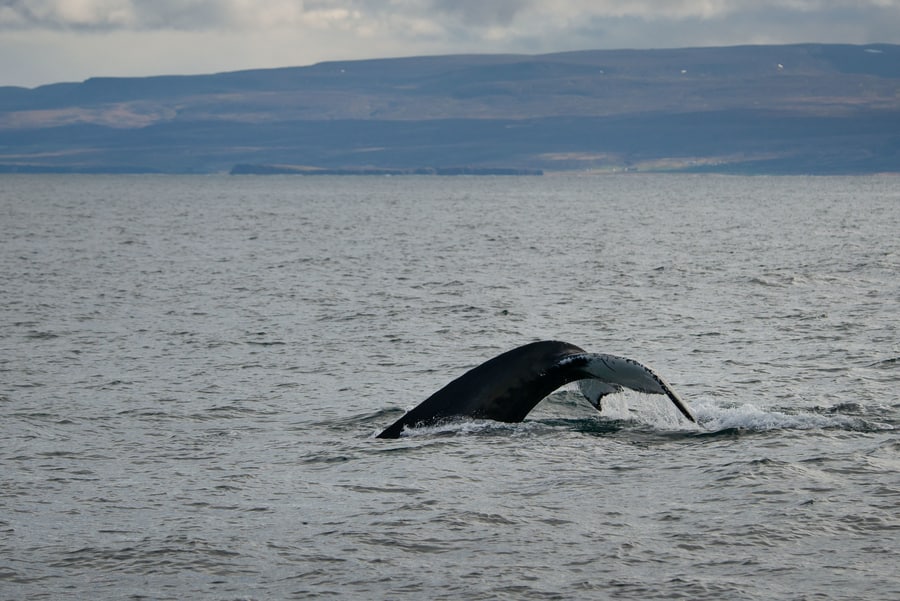
Best time to see whales in Iceland
For summer tourists, the best tours depart from Húsavik and Akureyri. We loved this excursion, but you can also check our guide to the best whale-watching tours in Iceland.
Best time to see puffins in Iceland
The best time to see puffins in Iceland is from April to August. These small birds come to the island every spring to mate, so it’s easy to spot them on the cliffs in southern Iceland. If you want to see these cute creatures, I recommend visiting the basalt cliffs in Vik or Dyrhóaley.
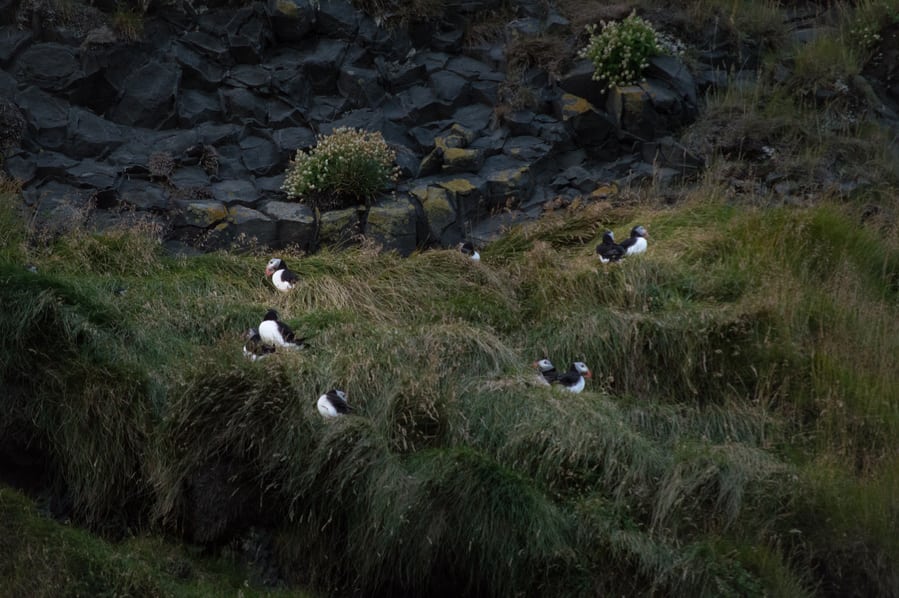
Best time to see puffins in Iceland
You can also book a tour to see puffins, and I recommend this excursion that departs from Reykjavik.
Best time to see the midnight sun in Iceland
Along with the Northern Lights, the midnight sun is one of Iceland’s most popular phenomena. While we haven’t had the opportunity to see it yet, we plan on doing so during one of our upcoming trips to Iceland.
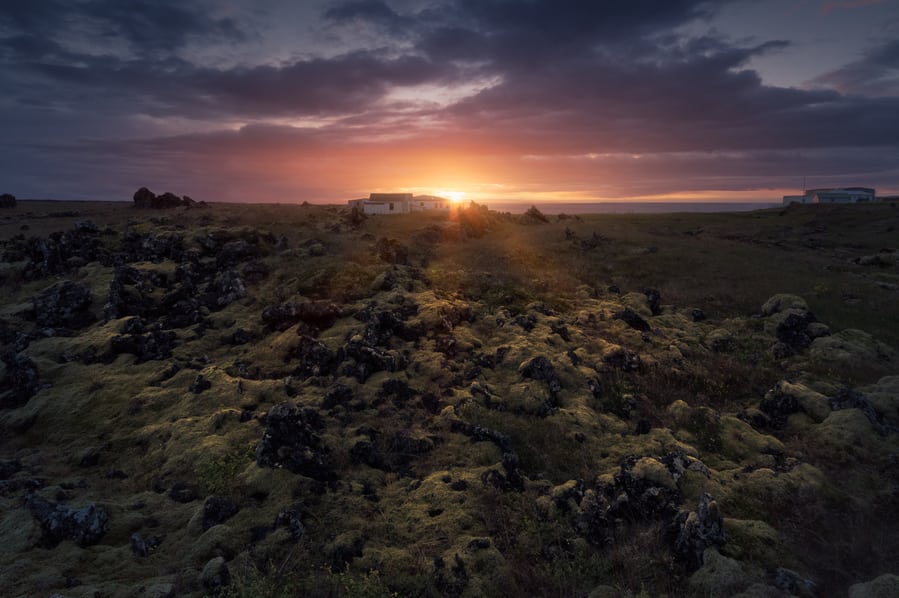
Best time to see the midnight sun in Iceland
The best time of year to visit Iceland if you want to see the midnight sun is during the summer solstice, which occurs around June 21st. During this time, the sun shines for 24 hours a day in the Icelandic region above the Arctic Circle. So, to fully experience the midnight sun, you’ll have to travel to the north of the country.
Best time to visit ice caves in Iceland
The best time to visit ice caves in Iceland is in the winter since the caves require low temperatures to form large masses of ice. The summer temperatures in Iceland are too warm to sustain the caves, so if you want to see these unique formations, plan your trip between mid-November and mid-March.
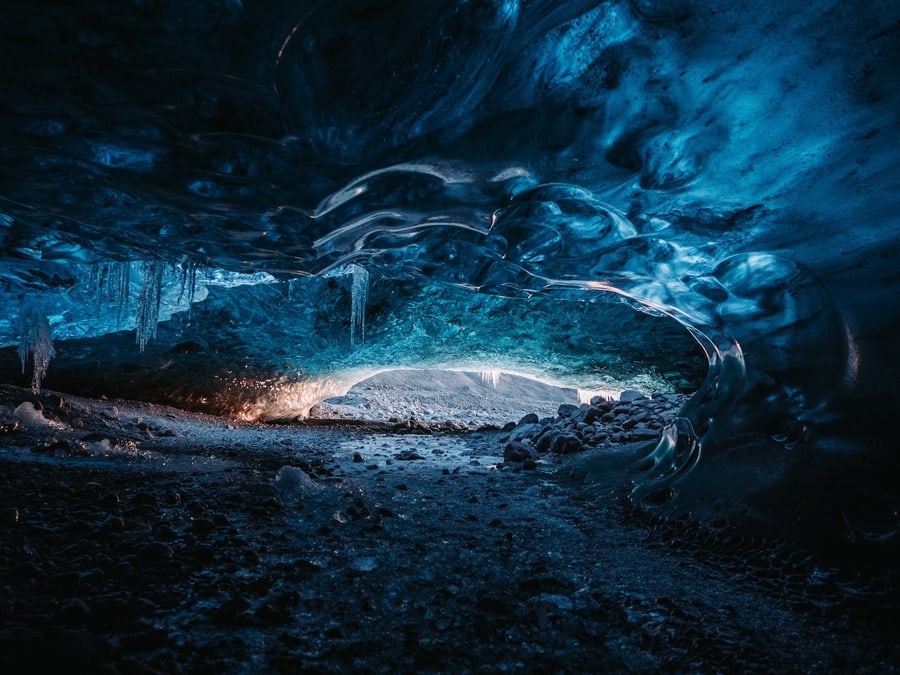
Best time to visit ice caves in Iceland
February is the best month to visit Iceland if you want to see the ice caves, particularly the deep blue caverns in the Vatnajökull glacier. I recommend booking this tour to see the full splendor of this beautiful cave.
The best thing about these caves is that they’re different every year. That is, the shapes and sizes vary depending on how the ice masses formed, so no matter how many times you visit, it’ll be a one-of-a-kind experience.
Cheapest time to travel to Iceland
If you’re looking for the cheapest time to visit Iceland, come here during the winter months. Between January and May, the tourism industry slows down, so you can find great prices on flights and accommodations. Prices are especially low in January!
That said, some hotels close during this time, so be sure to do your research before booking your trip. Fortunately, you won’t have any trouble deciding where to stay in Iceland because plenty of hotels are open year-round.

Cheapest time to travel to Iceland
From June to December, prices go up for Iceland’s peak tourism season. If you’re going to visit during these months, I suggest booking your accommodation in advance since lots of tourists will be traveling here, especially in August.
Iceland may seem an expensive country so check our guide on how to travel on a budget for some tips and tricks!
Best month to visit Iceland
As you may have already discovered, there is no best month to visit Iceland because each season has something special to offer. If you decide to travel during the winter months, you can enjoy lovely snow-covered landscapes as well as ice caves, frozen waterfalls, and the Northern Lights.
If you visit during the spring, you’ll have the chance to see the winter thaw and drive along the Ring Road or the Golden Circle, two popular road trips that take you to some of the best spots in Iceland.
Summer is the best time to see puffins in Iceland, as well as whales and the midnight sun, while autumn in Iceland is a magical season full of gorgeous colors and foliage.
To summarize, here is what you can do based on the weather in Iceland by month:
BEST MONTHS TO VISIT ICELAND | WHAT TO DO IN ICELAND MONTH BY MONTH |
|---|---|
January | Winter landscape photography, cheapest time to travel to Iceland |
February | Visit frozen Icelandic waterfalls |
March | See the Northern Lights |
April | Observe the winter thaw and the first flowers |
May | Drive the Ring Road and Golden Circle |
June | See the midnight sun |
July | Hike in the Highlands |
August | Puffin and whale-watching |
September | Autumn landscape photography, Northern Lights |
October | Explore the most popular places with fewer crowds |
November | Visit the ice caves |
December | Visit Blue Lagoon, hot springs, and celebrate Christmas |
BEST MONTHS TO VISIT ICELAND |
|
I hope that now you feel more confident about deciding when to travel to Iceland so you can enjoy the activities that interest you most. I can assure you that you’ll fall in love with this country regardless of when you visit. Finally, remember to check what the weather will be like tomorrow by going to the official Icelandic weather website, Vedur.is.
If you have any questions about the best time to go to Iceland, leave me a comment below and I’ll try to help you as much as I can. I hope you enjoy this lovely country as much as we do! Safe travels!
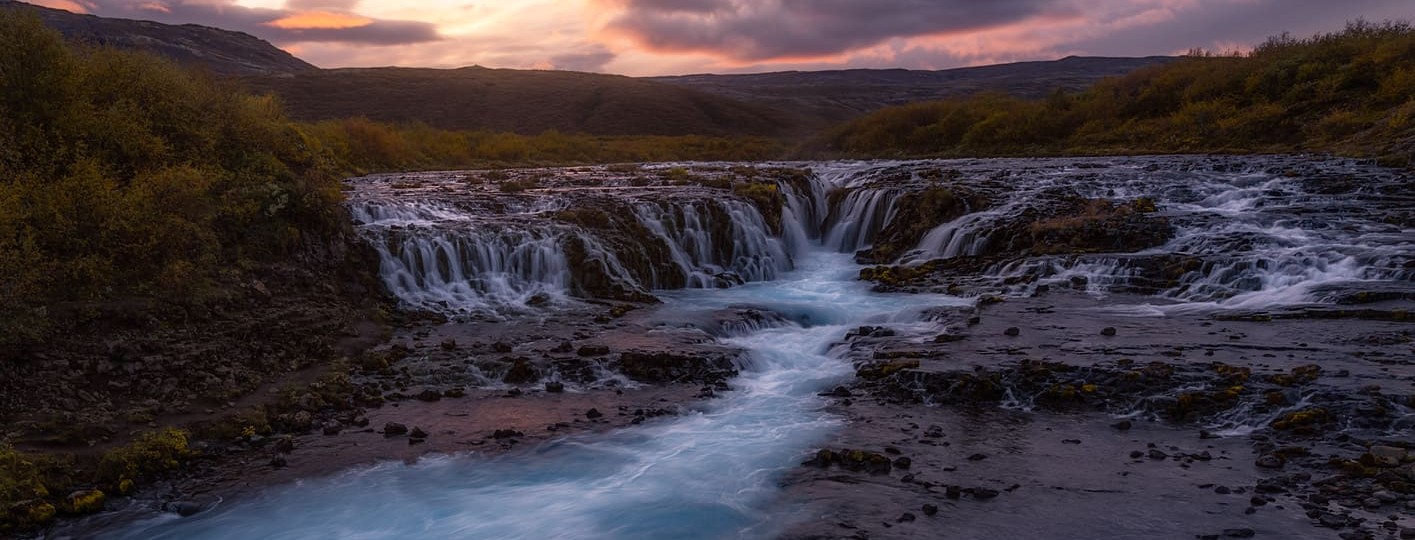
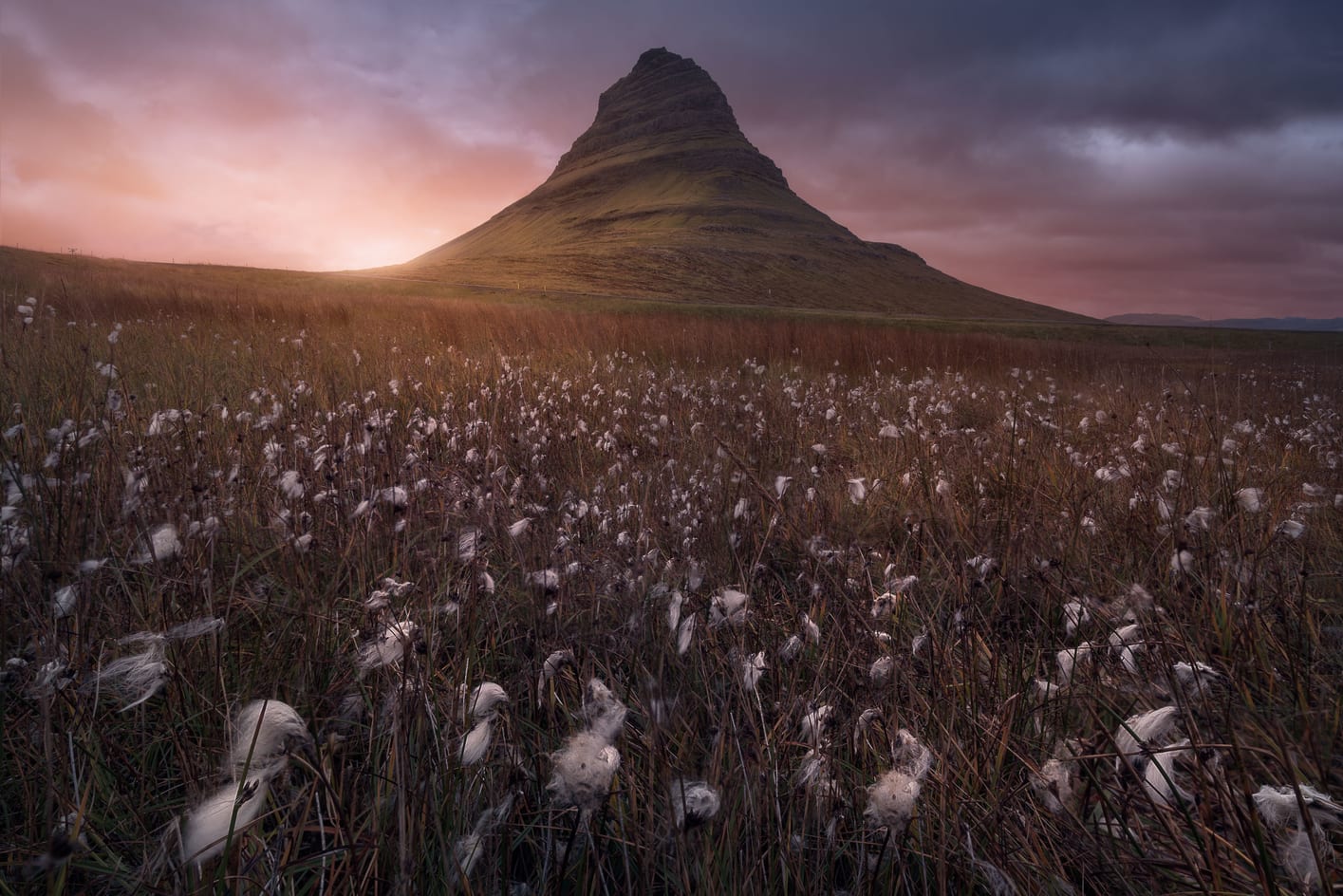
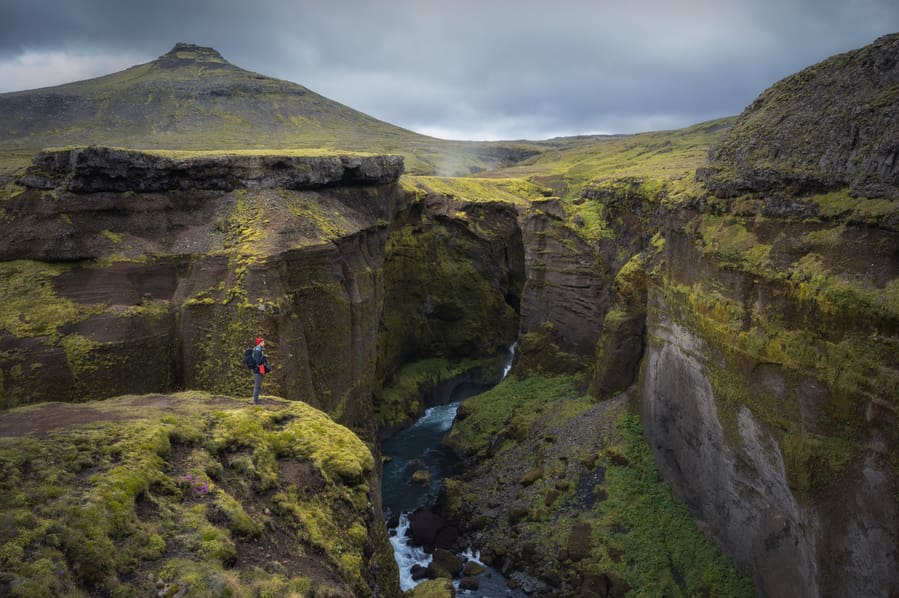
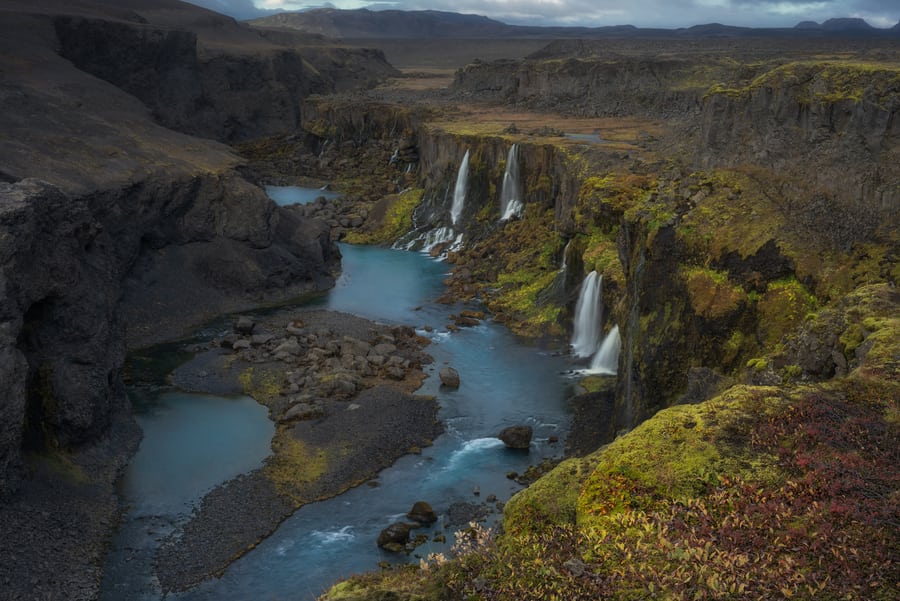
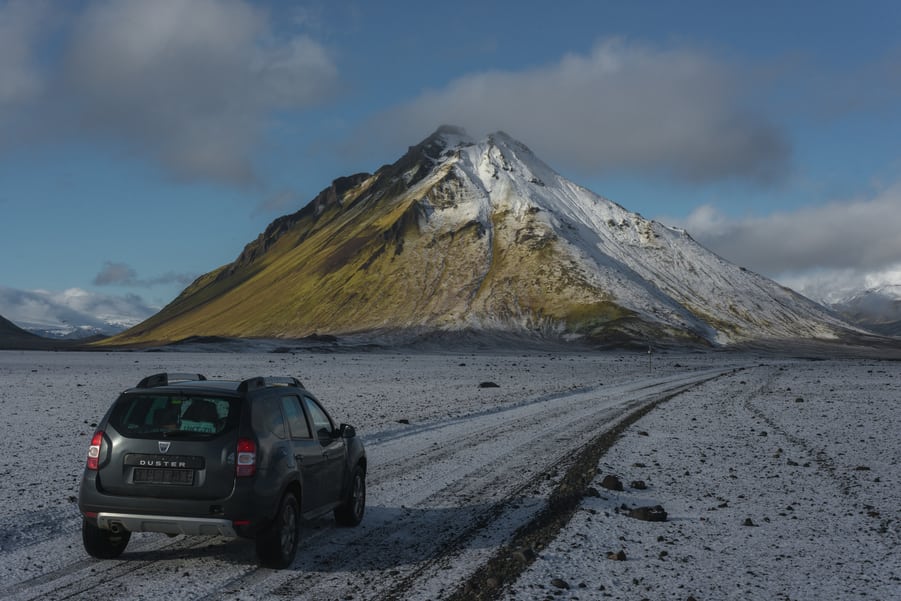
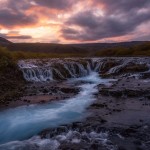
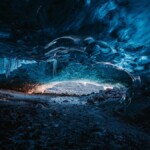



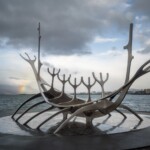
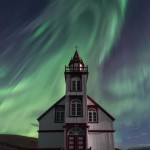

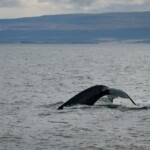
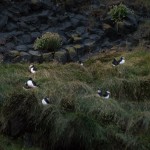

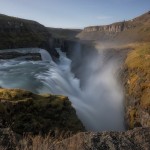
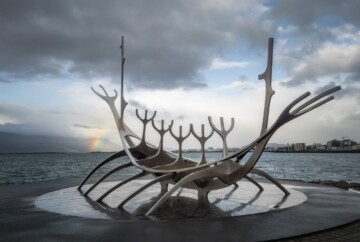
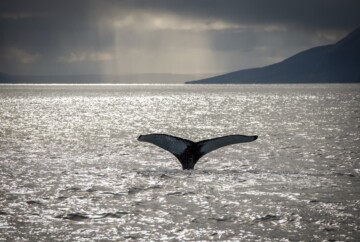
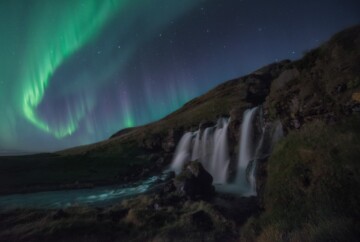







Hej. beautiful. Pictures
Thanks so much, Tom! 🙂
Ascen